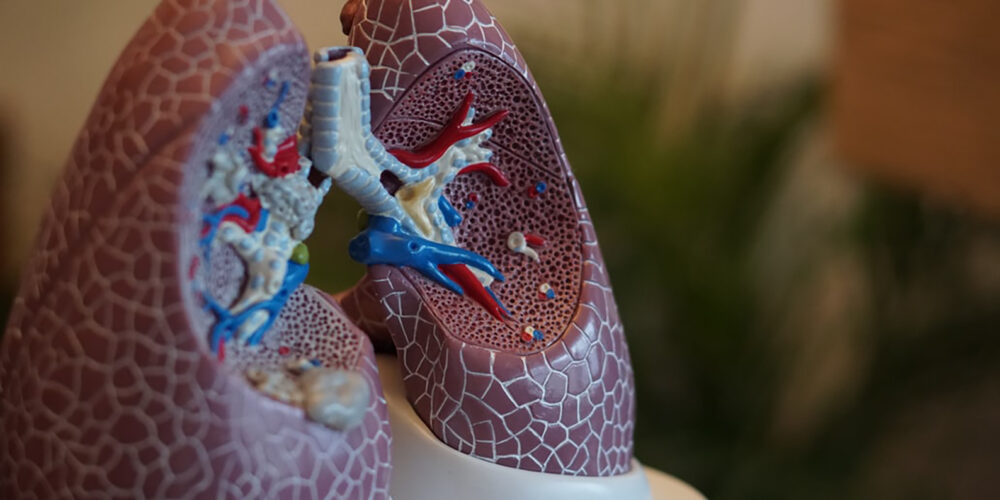New study highlights major deficiencies in lung cancer care in Australia

Curtin-led research has exposed serious flaws in the services and infrastructure available in Australia for the treatment of lung cancer, which is the country’s leading cause of cancer-related death.
Lead author, Professor Fraser Brims from Curtin Medical School, said the research revealed widespread deficiencies in staffing at specialist centres within hospitals across Australia, including one in four centres having no access to specialist lung cancer surgeons and less than half of the centres having a specialist lung cancer nurse.
“This was worse in regional centres, but no centres at all in Australia conformed with the full recommended guidelines* for staffing,” Professor Brims said.
“Case-discussion meetings, which are seen as vital to quality patient care, are not happening at all at one in 20 centres.
“The impact of COVID-19 was variable across the country with some centres reporting significant negative impact on lung cancer services, for instance reduced access to hospital services during virus surges, but with no obvious geographical trend. Some hospitals reported positive steps to improve care, in particular, better use of virtual-online case meetings, which has improved specialist attendance.”
Professor Brims said the findings were particularly concerning given lung cancer was the leading cause of cancer death in Australia and had the highest cancer burden.
“There are guidelines recommending best practice standards of care, but until now we did not know how well centres were meeting these standards. So we set out to better understand the services and staffing of those Australian hospitals that are treating lung cancer,” Professor Brims said.
“It is well known there are significant variations in outcomes for patients treated in different areas of Australia, including between metropolitan and rural areas and even between different hospitals.
“The deficiencies in quality of care we found may account for some of the well-known variations in outcomes for lung cancer patients in Australia, including access to tests and treatments, speed of tests being done and chance of death. Our research shows that hospitals and health services must urgently review their service provision and work towards better conformity with guidelines.”
Lung Foundation Australia CEO Mark Brooke said the research highlighted the alarming gaps in access to best-practice care and support for the more than 13,000 Australians diagnosed with lung cancer each year.
“These gaps are particularly striking when comparing city and rural health services, which we know results in poorer outcomes for regional Australians,” Mr Brooke said.
“While headway has been made in recent years, greater investment is crucial to ensure that every Australian diagnosed with lung cancer has access to the care and improved outcomes they deserve.”
Thoracic Society CEO Dr Graham Hall said these alarming findings highlighted the need for proactive and robust clinical quality programs that allowed lung cancer clinical services at a local, state and national level to assess alignment with national guidelines.
“It is vital that we minimise variation in lung cancer diagnosis and management,” Dr Hall said.
“A national clinical quality registry for lung cancer care that is aligned to the impending Cancer Australia lung cancer screening program is urgently needed to ensure that patients are receiving the highest level of care and to assist lung cancer services to proactively improve the standards of care.”
The full research paper, ‘Hospital-based multidisciplinary lung cancer care in Australia: a survey of the landscape in 2021’, was published in BMJ Open Respiratory Research and can be found online here.



